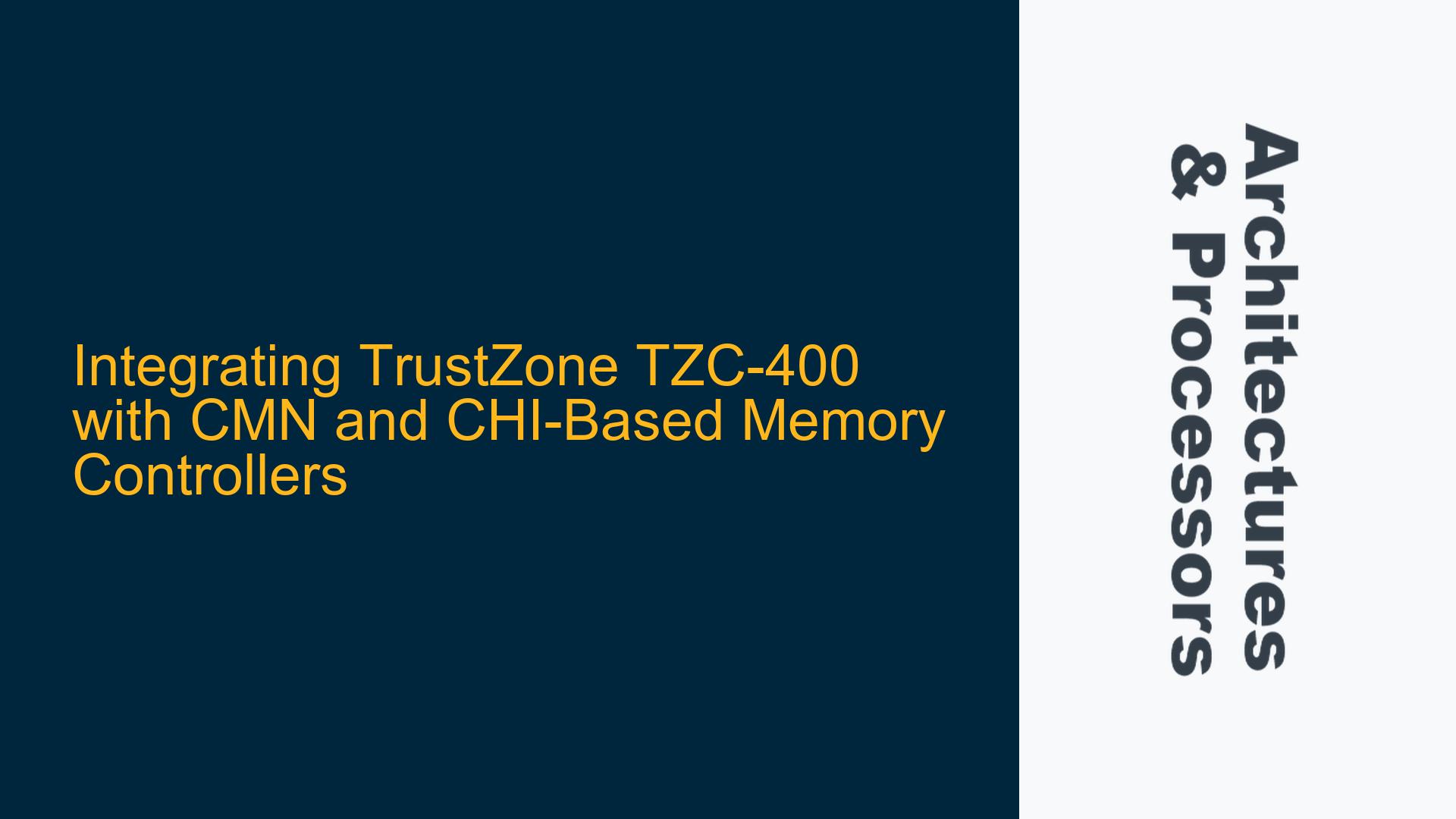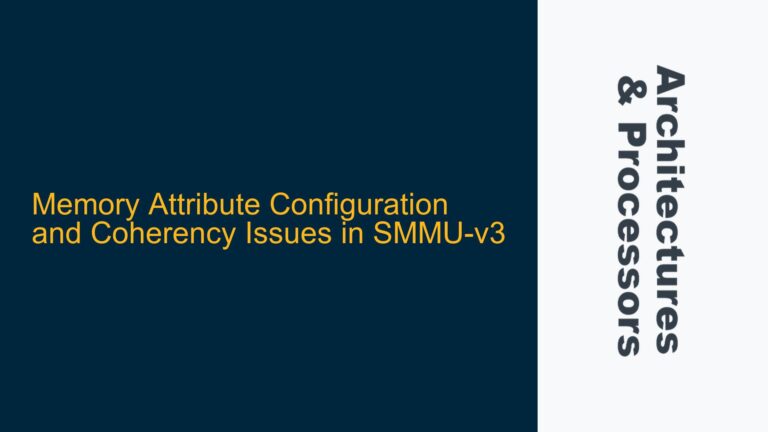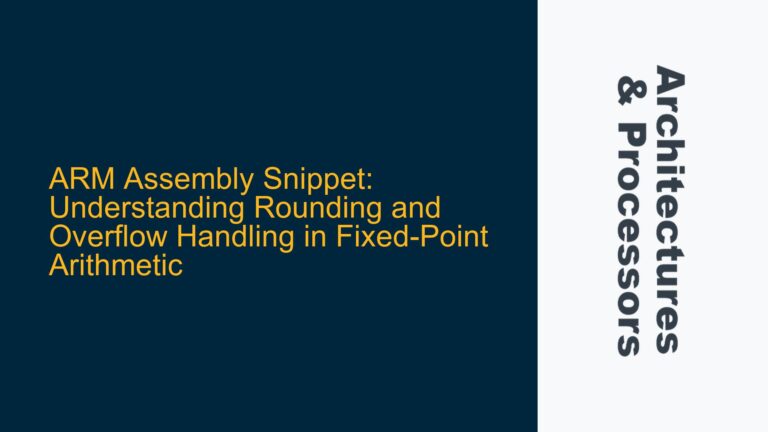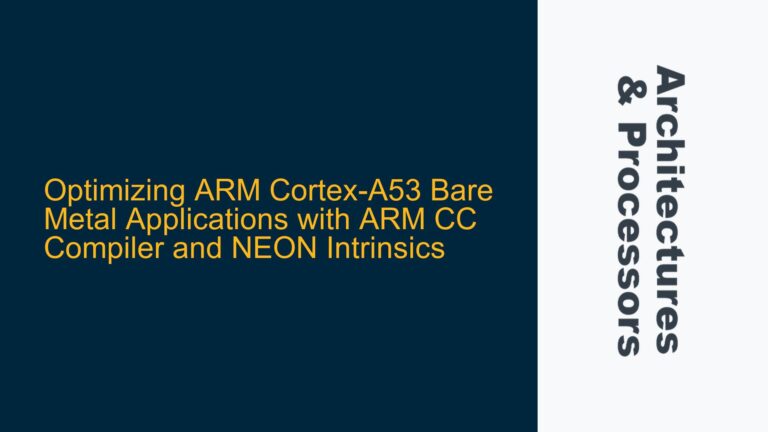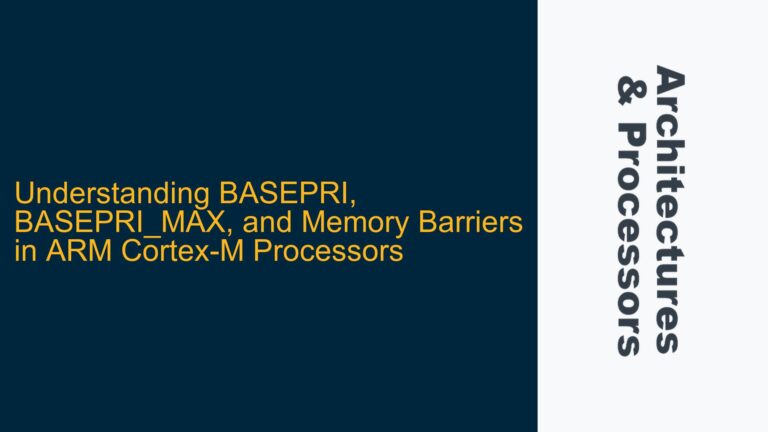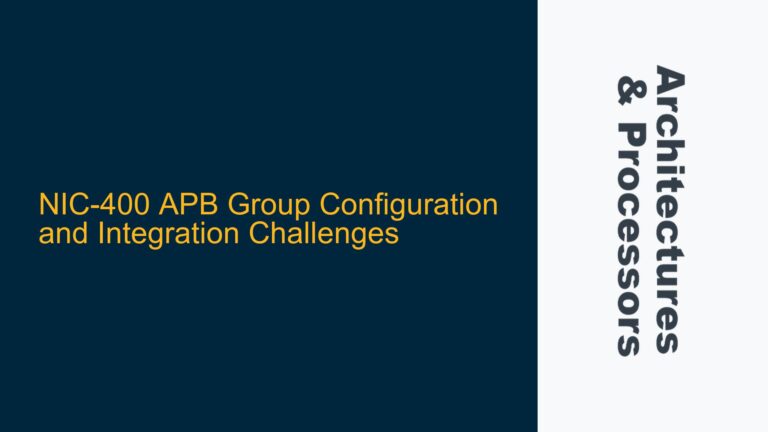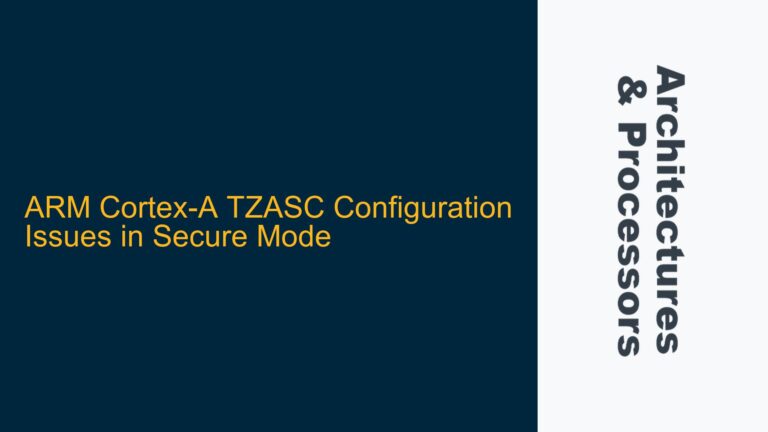TrustZone TZC-400 ACE-Lite Interface Limitations with CHI-Based CMN
The TrustZone TZC-400 is a critical component for implementing ARM’s TrustZone security architecture in System-on-Chip (SoC) designs. It acts as a firewall, controlling access to memory regions based on the security state of the system. However, the TZC-400 is designed with an ACE-Lite interface, which is a subset of the AXI Coherency Extensions (ACE) protocol. ACE-Lite is primarily used for non-coherent memory accesses and lacks support for full coherency, making it incompatible with the Coherent Hub Interface (CHI) protocol used by the ARM CoreLink CMN (Coherent Mesh Network) and CHI-based memory controllers.
The CMN is a highly scalable interconnect designed for high-performance SoCs, supporting the CHI protocol, which is optimized for coherent data transfers between multiple processors, caches, and memory subsystems. CHI provides advanced features such as distributed virtual memory (DVM) operations, cache stashing, and end-to-end quality of service (QoS). When integrating the TZC-400 with a CHI-based CMN and memory controller, the mismatch between the ACE-Lite and CHI protocols creates a significant architectural bottleneck. The TZC-400 cannot directly interface with the CMN or CHI-based memory controllers, leading to challenges in enabling TrustZone security features in such a system.
The core issue lies in the protocol translation and security enforcement between the ACE-Lite and CHI interfaces. The TZC-400’s ACE-Lite interface cannot natively communicate with the CHI protocol, which is designed for coherent transactions. This mismatch prevents the TZC-400 from enforcing security policies on coherent memory accesses, leaving the system vulnerable to potential security breaches. Additionally, the lack of a direct interface complicates the integration process, requiring additional components or modifications to bridge the gap between the two protocols.
Protocol Mismatch and Security Enforcement Challenges
The primary cause of the integration challenge is the fundamental difference between the ACE-Lite and CHI protocols. ACE-Lite is a simplified version of the ACE protocol, designed for non-coherent memory accesses. It supports basic read and write transactions but lacks the advanced features required for coherent data transfers, such as cache maintenance operations, snooping, and DVM operations. In contrast, CHI is a high-performance, packet-based protocol optimized for coherent data transfers in multi-core systems. It supports a wide range of transactions, including cacheable, non-cacheable, and device transactions, as well as advanced features like cache stashing and QoS.
The TZC-400’s ACE-Lite interface is not capable of handling CHI transactions, making it impossible to directly enforce TrustZone security policies on coherent memory accesses. This limitation is particularly problematic in systems where the CMN and CHI-based memory controllers are used to manage coherent data transfers between multiple processors and memory subsystems. Without a mechanism to translate between the ACE-Lite and CHI protocols, the TZC-400 cannot effectively secure coherent memory regions, leaving the system exposed to potential security vulnerabilities.
Another contributing factor is the lack of a standardized interface for integrating TrustZone with CHI-based systems. While ARM provides guidelines for integrating TrustZone with AXI-based systems, there is limited documentation on how to extend these guidelines to CHI-based systems. This lack of guidance makes it difficult for designers to implement TrustZone security features in systems that use the CMN and CHI-based memory controllers. As a result, designers are forced to develop custom solutions to bridge the gap between the ACE-Lite and CHI protocols, which can be time-consuming and error-prone.
The complexity of the CMN and CHI protocols further exacerbates the integration challenge. The CMN is designed to handle a wide range of transactions, including coherent, non-coherent, and device transactions, making it a highly versatile interconnect. However, this versatility also increases the complexity of integrating security features like TrustZone. The CHI protocol’s packet-based nature and support for advanced features like cache stashing and QoS add another layer of complexity, making it difficult to enforce security policies without impacting system performance.
Implementing Protocol Translation and Security Enforcement
To address the integration challenge, designers must implement a protocol translation mechanism that bridges the gap between the TZC-400’s ACE-Lite interface and the CHI-based CMN and memory controllers. This translation mechanism must be capable of converting ACE-Lite transactions into CHI transactions and vice versa, while also enforcing TrustZone security policies on coherent memory accesses. One approach is to use a custom bridge or adapter that sits between the TZC-400 and the CMN, translating ACE-Lite transactions into CHI transactions and applying the necessary security checks.
The bridge or adapter must be designed to handle the specific requirements of both protocols. For example, it must be capable of converting ACE-Lite read and write transactions into CHI read and write transactions, while also handling cache maintenance operations and DVM operations. The bridge must also enforce TrustZone security policies by checking the security state of each transaction and ensuring that only authorized transactions are allowed to access secure memory regions. This requires the bridge to be aware of the security state of the system and to apply the appropriate security checks based on the transaction type and destination.
In addition to protocol translation, designers must also consider the impact of the bridge on system performance. The bridge must be designed to minimize latency and maximize throughput, ensuring that it does not become a bottleneck in the system. This requires careful optimization of the bridge’s architecture, including the use of pipelining, buffering, and parallel processing to handle multiple transactions simultaneously. The bridge must also be designed to handle the high bandwidth requirements of the CMN and CHI-based memory controllers, ensuring that it can keep up with the data transfer rates required by the system.
Another consideration is the integration of the bridge with the rest of the system. The bridge must be seamlessly integrated with the TZC-400, CMN, and memory controllers, ensuring that it does not introduce any additional complexity or overhead. This requires careful design of the bridge’s interface, including the use of standardized signals and protocols to ensure compatibility with the rest of the system. The bridge must also be designed to handle error conditions and exceptions, ensuring that it can gracefully handle any issues that arise during operation.
Finally, designers must also consider the verification and validation of the bridge. The bridge must be thoroughly tested to ensure that it correctly translates ACE-Lite transactions into CHI transactions and enforces TrustZone security policies. This requires the development of a comprehensive verification plan, including the use of simulation, emulation, and formal verification techniques to validate the bridge’s functionality. The verification plan must also include stress testing to ensure that the bridge can handle the high bandwidth and low latency requirements of the system.
In conclusion, integrating the TrustZone TZC-400 with a CHI-based CMN and memory controllers requires a custom protocol translation mechanism that bridges the gap between the ACE-Lite and CHI protocols. This mechanism must be designed to handle the specific requirements of both protocols, enforce TrustZone security policies, and minimize the impact on system performance. By carefully designing and verifying the bridge, designers can successfully integrate TrustZone security features into CHI-based systems, ensuring that the system is secure and performs at the required level.
